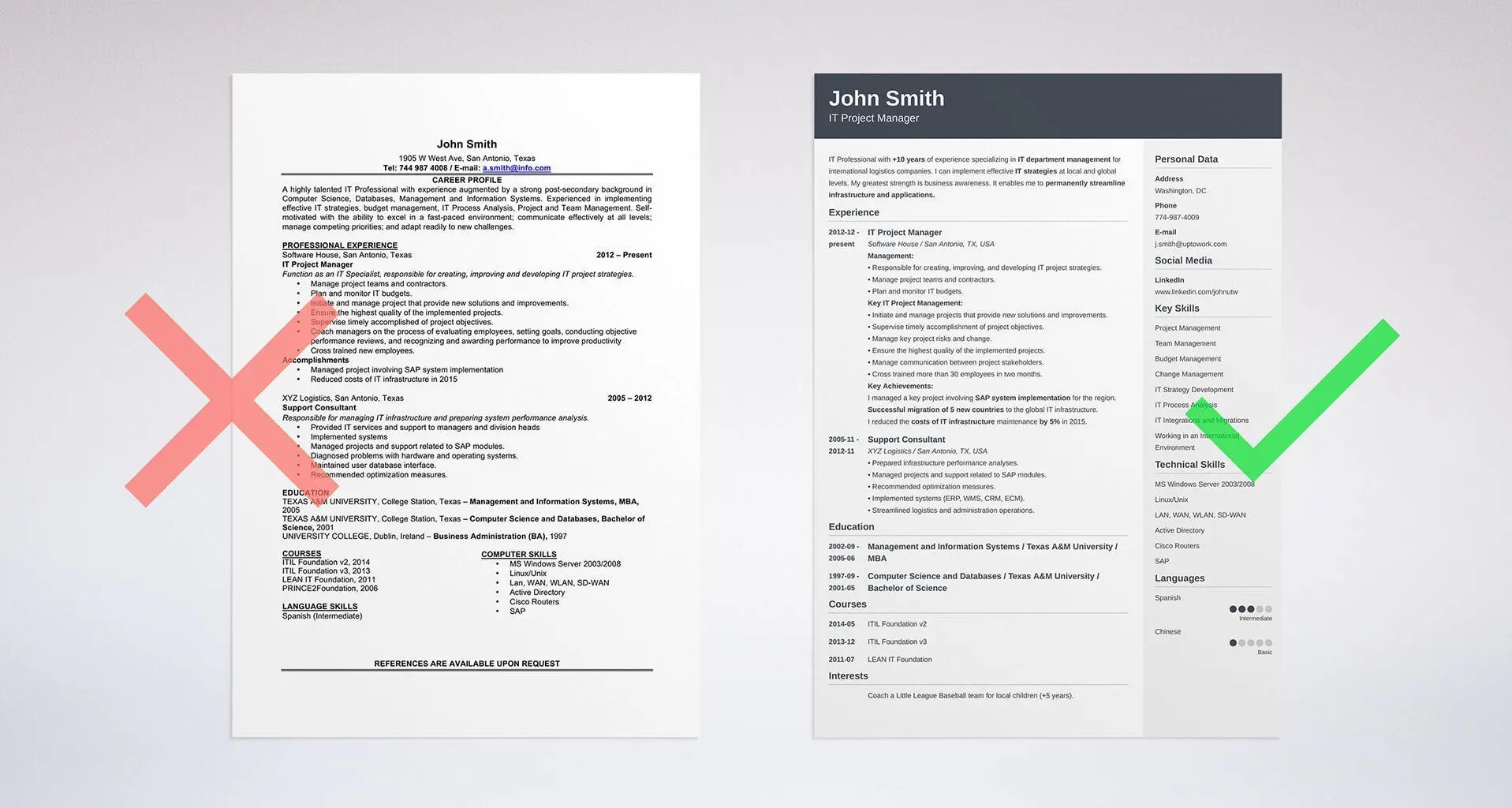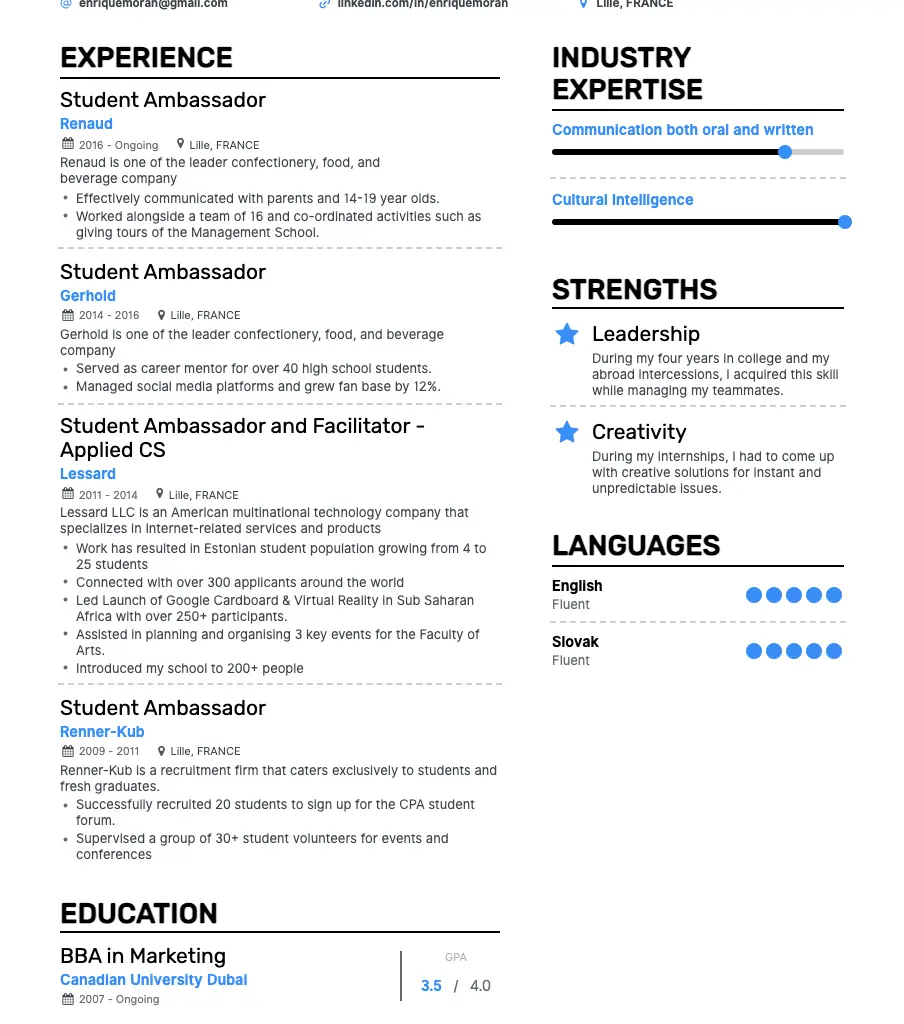
Your resume is often the first impression you make on a potential employer, so it’s crucial to get it right. Whether you’re a recent graduate, changing careers, or seeking a promotion, a well-crafted resume can open doors to exciting opportunities. In this blog, we will walk you through the process of how to write a resume that highlights your skills, experience, and achievements.
Understand the Purpose of Your Resume

Before you start writing your resume, it’s essential to understand its purpose. A resume is a concise document that showcases your qualifications and experiences to potential employers. Its primary goal is to secure you an interview by demonstrating that you’re a strong fit for the job. Keep this objective in mind throughout the writing process.
Choose the Right Resume Format

There are several resume formats to choose from, each suitable for different situations. The three most common formats are:
- Chronological Resume: This format lists your work experience in reverse chronological order, with your most recent job first. It’s ideal if you have a strong and relevant work history.
- Functional Resume: focuses on your skills and qualifications rather than your work history. Use this format if you have employment gaps, are changing careers, or have limited experience.
- Combination Resume (Hybrid Resume): Combines elements of both chronological and functional formats. It highlights your skills and qualifications while still showcasing your work history. Choose the format that best suits your background and the job you’re applying for.
Include the Essential Resume Sections

Regardless of the format you choose, your resume should include the following sections:
- Contact Information: Include your name, phone number, email address, and LinkedIn profile (if applicable).
- Resume Summary or Objective: Write a brief statement that summarizes your career goals, skills, and what you can offer to the employer.
- Work Experience: List your previous jobs in reverse chronological order, including job titles, company names, dates of employment, and key responsibilities and achievements.
- Education: Mention your educational background, including degrees, institutions, graduation dates, and relevant certifications.
- Skills: Highlight your key skills, both technical and soft, that are relevant to the job.
- Optional Sections: Depending on your situation, you may include sections like awards, certifications, publications, or volunteer work.
Point Your Resume to the Job

The secret to a great resume is customization. Examine the job description to determine the qualifications required by the employer, then adjust your resume accordingly. To prove that you have the qualifications they need in terms of knowledge and experience, use keywords from the job description.
Display Accomplishments

Instead of just listing responsibilities, be sure to highlight your successes and accomplishments in each capacity. Use quantitative outcomes to show your influence, such as an X% gain in revenue, a Y% decrease in costs, or a Y% earlier completion of projects.
Keep It Concise and Clear

Recruiters and hiring managers often skim resumes, so keep yours concise and easy to read. Use bullet points, action verbs, and a clean, professional layout. Limit your resume to one or two pages, depending on your experience.
Proofread and Edit

Proofread your resume thoroughly because mistakes can give the wrong impression. Verify the document’s uniformity in formatting and style, as well as its spelling and grammar. Asking a friend or coworker to review it would be a good idea.
Conclusion
Although creating a resume can be challenging, with careful planning and close attention to detail, you can produce an effective document that attracts the attention of potential employers. Remember to emphasize your accomplishments, clearly communicate your qualifications, and tailor your CV to each job application. With these techniques, creating the ideal resume and developing your career will be a breeze. Good fortune!


